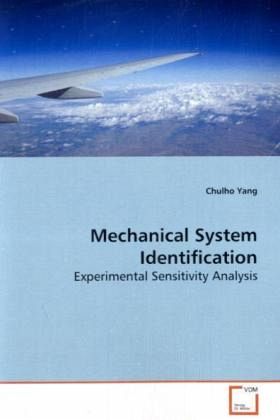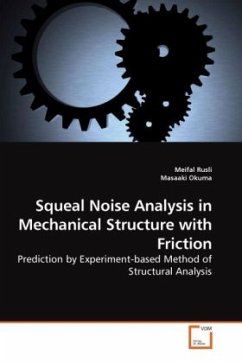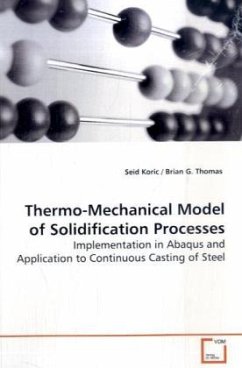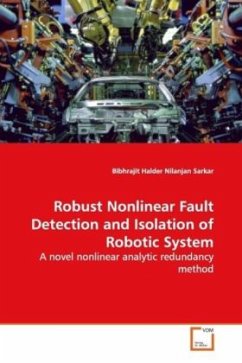
Mechanical System Identification
Experimental Sensitivity Analysis
Versandkostenfrei!
Versandfertig in 6-10 Tagen
45,99 €
inkl. MwSt.

PAYBACK Punkte
23 °P sammeln!
An experimental sensitivity method for analyzing forced vibration data is developed and applied in this book. It is shown that if a set of measured mechanical system input-output functions is available in vibrating systems, an appropriate analytical linear parameterization of these functions leads to algebraic relationships between the measured data. These functions are solely a function of experimental frequency response function data and determine the linear forced response sensitivity to physical perturbations in the system mechanical properties. Applications in three key areas of mechanica...
An experimental sensitivity method for analyzing
forced vibration data is developed and applied in
this book. It is shown that if a set of measured
mechanical system input-output functions is
available in vibrating systems, an appropriate
analytical linear parameterization of these
functions leads to algebraic relationships between
the measured data. These functions are solely a
function of experimental frequency response function
data and determine the linear forced response
sensitivity to physical perturbations in the system
mechanical properties.
Applications in three key areas of mechanical
dynamic systems are examined to verify and further
study the requirements of the embedded sensitivity
function approach in experimental sensitivity
analysis. First, this technique is used to examine
the forward problem of identifying optimal design
modifications for reducing linear vibration
resonance problems. Second, it is applied to
characterize nonlinear mechanical systems and
identify nonlinear input-output models for those
systems. Third, it is applied to examine
the inverse problem of identifying structural
perturbations or damage.
forced vibration data is developed and applied in
this book. It is shown that if a set of measured
mechanical system input-output functions is
available in vibrating systems, an appropriate
analytical linear parameterization of these
functions leads to algebraic relationships between
the measured data. These functions are solely a
function of experimental frequency response function
data and determine the linear forced response
sensitivity to physical perturbations in the system
mechanical properties.
Applications in three key areas of mechanical
dynamic systems are examined to verify and further
study the requirements of the embedded sensitivity
function approach in experimental sensitivity
analysis. First, this technique is used to examine
the forward problem of identifying optimal design
modifications for reducing linear vibration
resonance problems. Second, it is applied to
characterize nonlinear mechanical systems and
identify nonlinear input-output models for those
systems. Third, it is applied to examine
the inverse problem of identifying structural
perturbations or damage.












